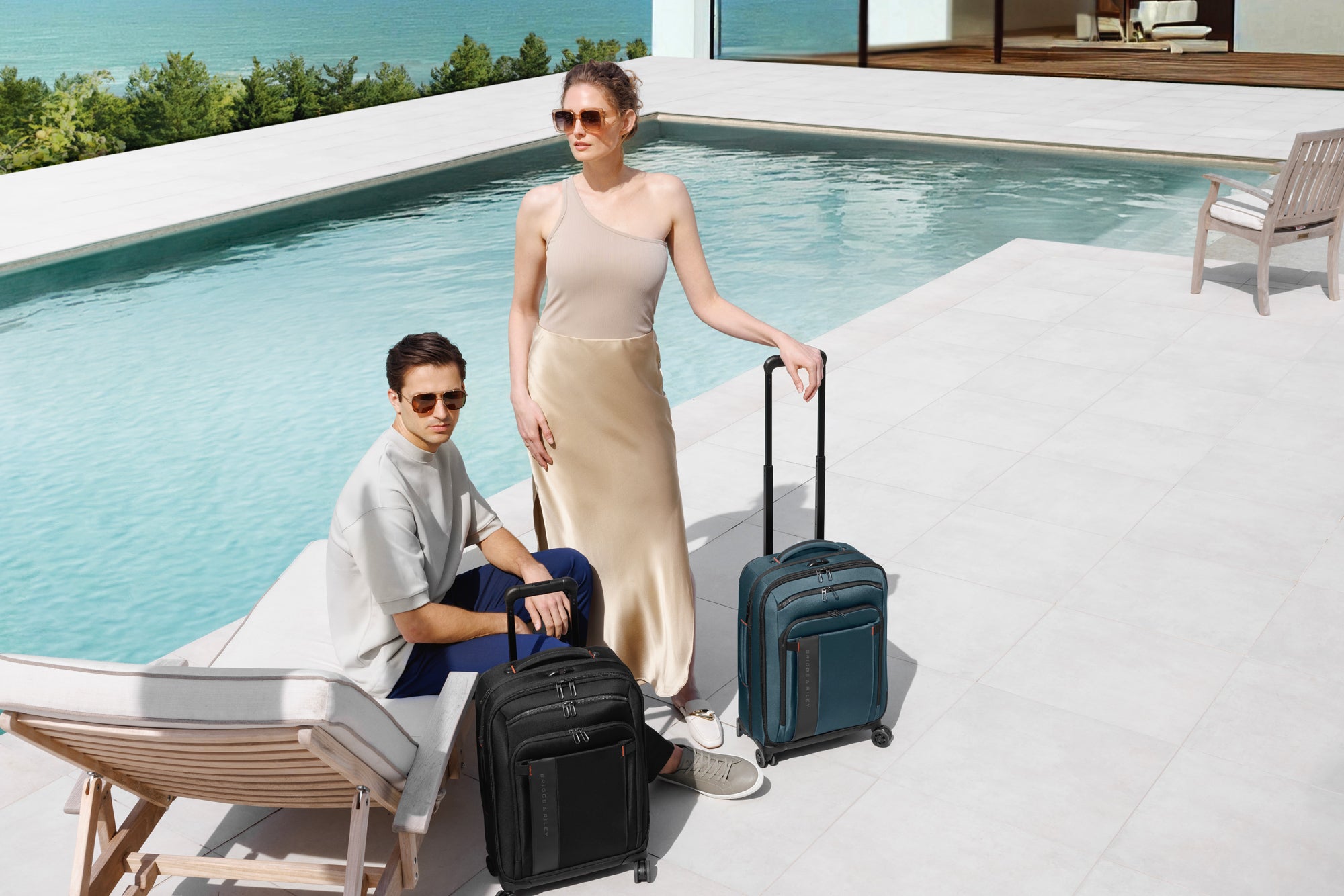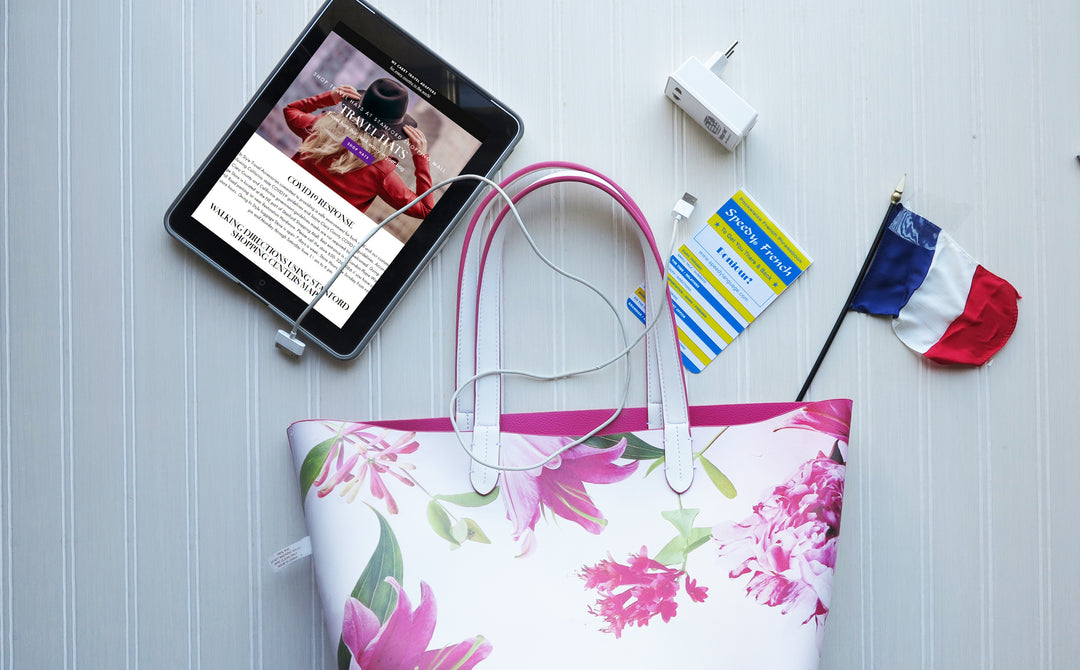History of Rainwear
Mycra Pac Raincoats are made from a nylon polyester blend of fibers. Polyester is a durable fabric that stands up to high heat and will protect the wearer from the sun. Polyester is also mildew resistant. Nylon is lightweight and flexible allowing for greater movement and comfort. Nylon dries quickly and, like polyester, is mildew resistant. The blend of the two fabrics make for a comfortable fit and a long lasting rain coat.
Rain Wear is made from fabric that is specially designed to keep the wearer dry during rain showers. Rain gear fabric is designed to repel and absorb water. Rain coats are made from tightly woven fabric that are often a blend of fibers including synthetic, such as nylon and natural fibers such as wool. Today, modern rain jackets are high tech, comfortable and made for extreme climates. Rain coats are specially tailored for men, women and children. However, rain gear did not start out as high tech, fashionable outer wear. Rain gear has a rich history that is well documented as far back as Ancient China.
Rain Gear In Ancient China
For centuries people have been making clothing to protect themselves from the rain. One of the earliest forms of rain protection clothing was designed in Ancient China and were rain capes made of straw or grass. Farmers wore the rain capes while toiling in the dirt and mud during the rainy season. These rain cloaks did a fair job of protecting farmers from the wet weather, but were stiff and heavy. These grass outer garments are well documented in Chinese history through poems that were written around 1,000 AD. As time progressed, new ways to make raincoats were designed. One method was to rub oil on lightweight silk fabric to repel the rain. Also, new grasses and tree leaves were weaved into rain coats that created a more water repellent coat that were a bit more lightweight than the early straw rain cape design. However, the Chinese were not the only ones inventing new garments to protect themselves from inclement weather.
Rain Gear History In South America
In other parts of the world water proof clothes were being made, such in the damp, wet rain forests of South America. Around 1200 AD, Amazonians used the latex like extract from rubber trees to create a primitive waterproofing for their footwear and clothing (today, the rubber tree is still an important natural resource for natural rubber). When Europeans discovered South America in the 1700s and saw the way that the indigenous people waterproofed their clothing, Europeans followed suit.
Raincoats In Europe In the 1700s
Europeans were using rubber to waterproof clothing, however, rubber became sticky and tacky in hot weather and extremely stiff in cold weather. Then in 1823 a breakthrough in waterproof clothing was made by Charles Mackintosh, a Scottish chemist, who patented a new method of using rubber to waterproof clothing. Mackintosh first started by making the new rain gear in his family's textile factory. In 1843, Mackintosh began mass manufacturing of the water resistant clothing through a merger with a large clothing manufacturing company. Mackintosh's method of water proofing fabric was called vulcanization, which unlike natural rubber, allowed the rubber to move, maintain its shape and not become  sticky in hot weather. Mackintosh, instead of covering fabric in rubber, used the rubber as a lining inside two pieces of fabric. In 1851 Bax & Company came onto the waterproofing scene and introduced the first waterproof wool, branded Aquascutum. John Emary, a tailor focusing on high ends menswear, developed this waterproof wool material. This wool material was chemically treated and designed to shed water. This clothing designed meant that the fabric remained lightweight and breathable, yet water resistant. With this new technology and new demand for water resistant fashion wear, Burberry introduced their brand in the late 1800s. Burberry specialized in tightly woven, wool fashion outer wear featuring appealing colors and designs for the time. Then in 1914 WWI began, and the demand for military rain gear skyrocketed. Burberry was contracted to supply rain resistant trench coats to the British Army. Burberry made modifications to the trench coat design to accommodate military requirements such as shoulder straps and a D ring. Military personal began wearing their trench coats when returning to civilian life and the waterproof trench coat became the popular fashion outer wear of the time.
sticky in hot weather. Mackintosh, instead of covering fabric in rubber, used the rubber as a lining inside two pieces of fabric. In 1851 Bax & Company came onto the waterproofing scene and introduced the first waterproof wool, branded Aquascutum. John Emary, a tailor focusing on high ends menswear, developed this waterproof wool material. This wool material was chemically treated and designed to shed water. This clothing designed meant that the fabric remained lightweight and breathable, yet water resistant. With this new technology and new demand for water resistant fashion wear, Burberry introduced their brand in the late 1800s. Burberry specialized in tightly woven, wool fashion outer wear featuring appealing colors and designs for the time. Then in 1914 WWI began, and the demand for military rain gear skyrocketed. Burberry was contracted to supply rain resistant trench coats to the British Army. Burberry made modifications to the trench coat design to accommodate military requirements such as shoulder straps and a D ring. Military personal began wearing their trench coats when returning to civilian life and the waterproof trench coat became the popular fashion outer wear of the time.
History of Raincoats In United States
The United States entered into WWI beginning in 1917. When the United States went to war US military uniforms followed the trend of the water resistant wool trench coat . The wool trench coat became popular for fashion rain wear in the United States.
After the start of WWII, military research lead to improved rain wear technology. Lightweight, breathable fabric was designed my improving upon wool blend fabric and chemically treated fabric. Vinyl rain wear also became popular in the 1950s because of its flexibility and water proof abilities. However, vinyl is not breathable and lost popularity when more advance rain proof wear came on the scene. Synthetic fabric such as nylon was waterproof and breathable.
Today, rain coats are very high tech and come in many kinds of fabrics including natural and synthetic fibers. Not only are rain coats functional rain jackets are also a must have fashion accessory for anyone living in a rainy climate. Mycra Pac Rain Coats are designed and manufactured in the United States and are made from a nylon polyester blend. A rain coat that is nylon polyester blend means that the rain coat is durable, lightweight and breathable.
You can purchase travel rain jackets, rain coats, rain hats and rain gear locally at our flagship travel store at Stanford Shopping Mall in Palo Alto, California. We carry travel rain gear that is lightweight and easy to pack at Going In Style Travel Accessories 609 Stanford Shopping Center, Palo Alto, CA 94304 - Visit the Stanford Travel Store website www.stanfordtravelstore.com for directions Going In Style.




















